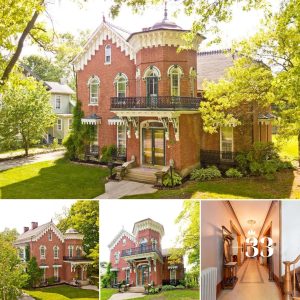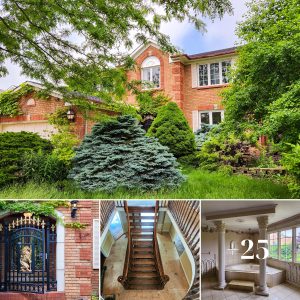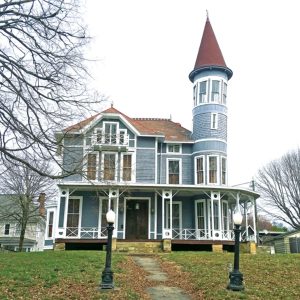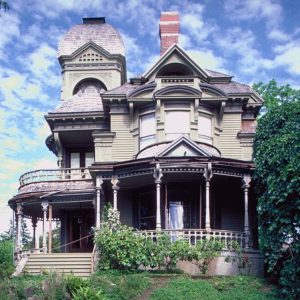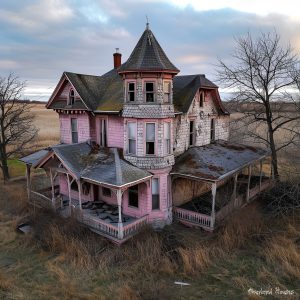Let’s be honest: when a building is left to deteriorate for nearly 30 years, even when there is a concerted effort to restore it, the odds against reopening it dwindle with every passing month. Water damage wreaks havoc on the walls and ceilings, the cost of repairs increases, and the odds of finding investors to fund rehabilitation fade. It is for precisely this reason that the resurrection of the Lansdowne Theater is so wonderful. Despite setbacks and sorrows, as I write this, construction work is underway to bring this gorgeous 1927 gem back to life as a concert venue. It seems like nothing short of magic, but in reality, it is largely the result of 16 years of the hard work and dedication of Matt Schultz, the CEO (and sole full-time staff member) of the Historic Lansdowne Theater Corporation (HLTC). While no success story is the result of only one person’s labor, and it would be unfair to leave the members of the HLTC Board of Directors, volunteers, elected representatives, donors, and supporters unacknowledged, Matt’s tireless efforts to revitalize arguably the most important piece of Lansdowne’s downtown core show that with perseverance, business savvy, and a bit of luck, the story of an abandoned building does not always have to end with a wrecking ball.
I met Matt a little over a decade ago, in 2013, during a brief period when I lived in Lansdowne, Pennsylvania, a small borough roughly two miles southwest of Philadelphia. As you might imagine, the abandoned building on the main street caught my eye immediately. I had just started leading photo workshops at vacant properties as a business with the goal of using a portion of the funds generated to support restoration efforts, and the Lansdowne seemed like a perfect fit.
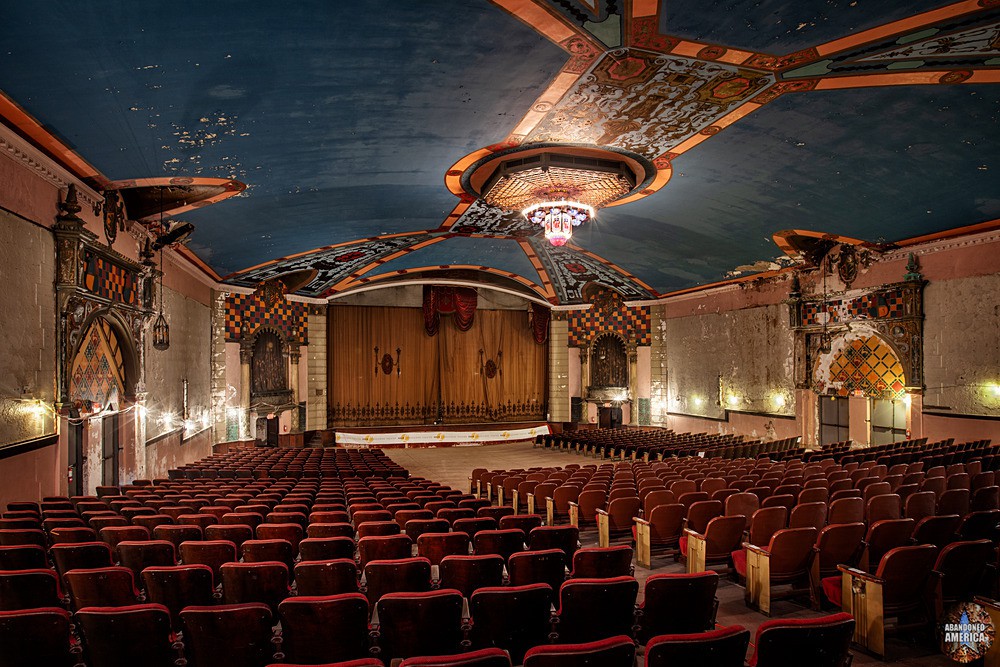
The Lansdowne Theater had been commissioned by the Stanley Warner Company and Herbert Effinger to serve as a centerpiece for the burgeoning commercial district around it. It was to be the largest and grandest building in the borough and served as a celebration of the silent films that were so popular at the time. William Harold Lee, a prolific theater architect who studied under Frank Furness, was selected to create the design, which would cost $250,000, equaling roughly $4.4 million today. Lee had drafted plans for buildings at several local colleges and 80 theaters as far away as Hawaii, including the Majestic Theater in Gettysburg, Pennsylvania, the Seville Theater in Bryn Mawr (now the Bryn Mawr Film Institute), and the Sedgwick Theater and Royal Theatre in Philadelphia. Though Lee tended to gravitate towards the Art Deco style, the Lansdowne Theater is best described as Spanish Revival with elements of the Hollywood Moorish style, with a smattering of various other architectural influences sprinkled in. Matt Schultz theorizes that rather than adopting a single style, Lee attempted to create an atmosphere of timeless opulence that reflected cinema itself.
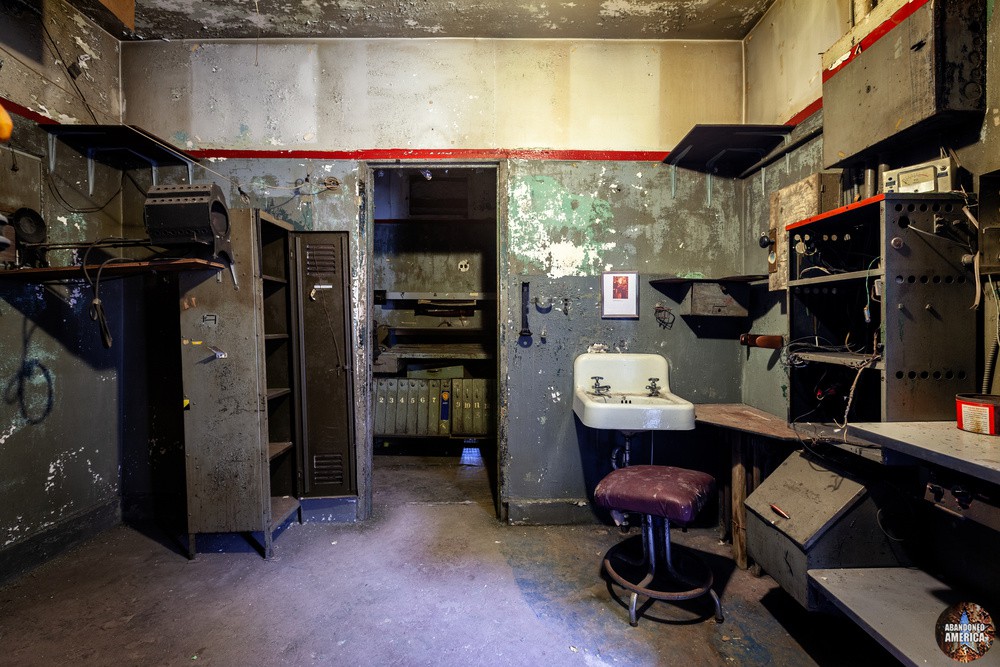
After opening night, the Lansdowne charged 15¢ to 35¢ for three daily showings between Monday and Saturday since local laws prohibited shows on Sunday. As was the case with many theaters at the time, the ticket booth was flanked by retail tenants, which included a tailor, a furniture store, shoe store, and a florist, while the second floor was rented as office space. Barely over a month after the theater opened, The Jazz Singer debuted and changed film forever. It was the first feature-length film with audible spoken dialogue, and while the advent of “talkies” didn’t end the silent film era overnight, by the 1930s, silent films were obsolete. In 1937, the organ was covered with a tarp and forgotten. Two[MS1] years later, the owners of the Lansdowne would file a $210,000 lawsuit against 11 major motion picture companies, including United Artists Corp, Warner Brothers Pictures, and Paramount Pictures, alleging the distributors were violating anti-trust laws and attempting to choke out smaller, independent theaters by withholding their feature films – although I was unable to find out whether or not the lawsuit was successful.
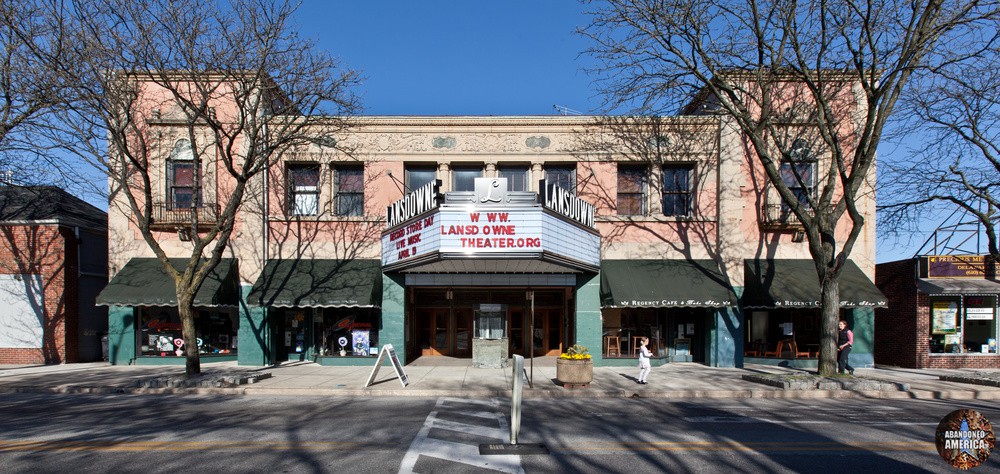
Event programming at the theater included a fairly standard roster of high school commencements, benefit events, lectures, and performances until the 1960s when manager Dan Stott set off a firestorm of controversy – largely due to booking ultra-right wing conspiracy theorist speakers from the John Birch Society and Mississippi Governor Ross Barnett, a staunch supporter of segregation. The National Association for the Advancement of Colored People (NAACP) staged protests outside as Stott celebrated the 50th anniversary of The Birth of a Nation, a wildly racist ode to the Ku Klux Klan, onscreen inside.
Stott also riled up local law enforcement by showing films on Sundays, which was still against local ordinances. After Stott and projectionist Velio Iacobucci were fined $118 for Sunday showings in early 1965, Stott advertised another offending Sunday showing of the James Bond film Goldfinger as a “benefit” for the Philadelphia Committee to Support Your Local Police. This earned a sharp rebuke from the local police chief, who angrily retorted that law enforcement wasn’t affiliated with the event and didn’t receive proceeds from it – and that more arrests and fines would be forthcoming. Stott refused to back down, and multiple temporary injunctions were issued to prohibit Sunday screenings. The situation was resolved when Stott’s lease expired in late March of 1965, and the Lansdowne Theater was management was taken over by by the Budco[MS2] firm. Budco publicly distanced themselves from Stott, his programming, and showing movies on Sundays. A year later, rather than picketing outside, the president of the NAACP spoke onstage at the theater for a fundraiser.

At some point around 1965, Sara Gail became the owner and/or manager of the theater until she purchased it in 1979[MS3] .Gail, who started out working in the ticket booth, dearly loved the theater and spent much of her time there directly overseeing its operations with her children, and purchased the nearby Media Theater as well in 1972. Ticket prices remained low despite inflation; in the 1980s, an adult ticket was still only $2 while other theaters were charging a more standard rate for the time of $5.50. She was quoted as saying, “I didn’t buy this old movie house to make a lot of money. I hope people will come back. I want this great old building to stay, as I said, I’ve always loved old movie houses.”
During the 1980s, the second floor of the building was used Len Cella, who had an obsession with making short, goofy films he titled Moron Movies. Cella’s creations are viewed by many as a precursor to silly viral videos posted to social media platforms like TikTok, and he screened them in a small theater that he built on the second floor of the Lansdowne Theater. Cella achieved notoriety for a time when Johnny Carson showed them on the Tonight Show and Dick Clark periodically played them on TV’s Bloopers & Practical Jokes. Though[MS4] his notoriety ended quickly after those shows stopped playing his videos, Cella continued to make them for years to amuse himself and his friends.
Sara Gail ran the Lansdowne Theater until she decided to sell it for $450,000 to an attorney named Jerry Raff in 1986. Raff had used $205,000 from a Community Development Block Grant (CDBG)and grand plans to use more federal loans to restore the building, which needed roof repairs, updated upholstering, and restoration or re-creation of historic finishes and plaster. According to Raff, the Lansdowne Theater would become a central attraction of the community again with “clean and family-oriented” live shows and music, and would reopen in six months. However, Raff’s plans unraveled quickly, and the Lansdowne Theater became the center of a bitter series of disputes after a small electrical fire in the basement of one the building’s retail spaces during a screening of Beverly Hills Cop II in 1987. Raff[MS5] alleged that the East Lansdowne Borough Council, which had promised to lend him funds from the CDBG award, failed to disburse loan money, leading to an inability to pay contractors and forcing Raff to declare bankruptcy. The grant administrator, Anthony Dunleavy, contended that disbursing the money required certain proof of repairs that Raff had failed to provide.
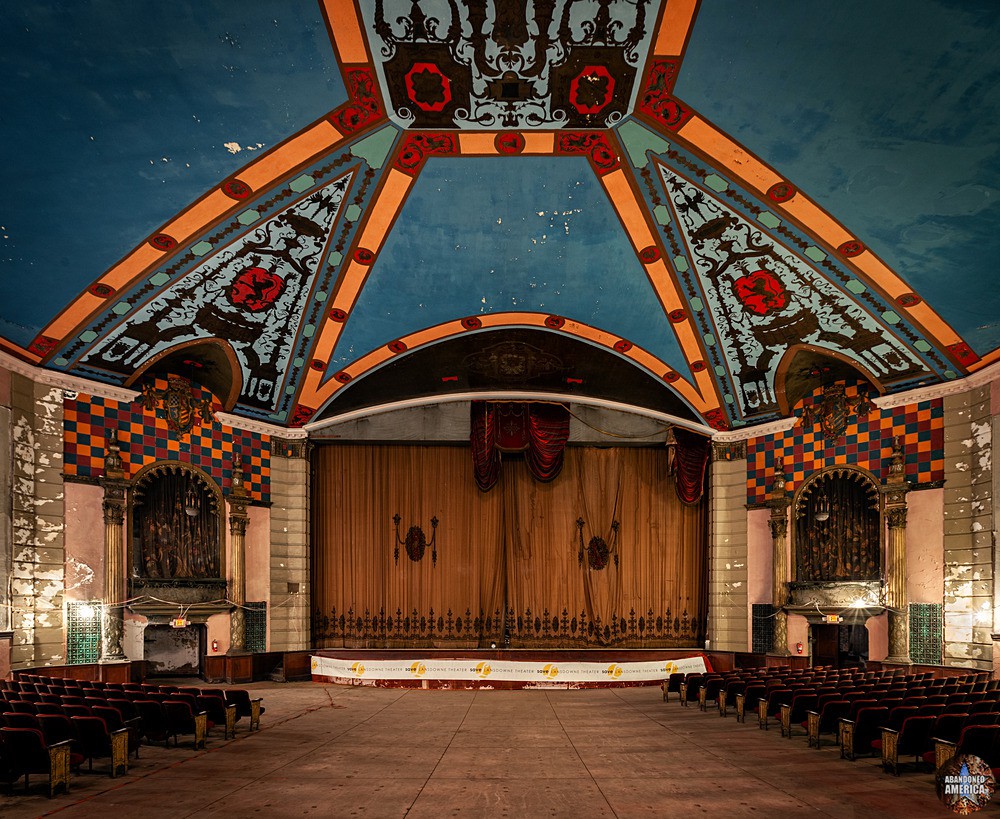
When Raff failed to make mortgage payments on the building, it was sold in 1989 at a sheriff’s sale to Bell Savings Bank, who planned to resell it. The savings and loan industry was on the brink of a major collapse after years of corruption, unregulated lending, bad investments, and insider bank fraud, and Bell Savings Bank was one of hundreds of financial institutions that failed and were taken over by the federal Resolution Trust Corporation, which was set up to liquidate their assets.
The building was purchased at auction in 1991 by six investors led by Chris Christakis, calling themselves Lansdowne Theater Corp (elsewhere identified as 29-37 North Lansdowne Inc.) This group renovated the retail and office space, and by 1992, three stores – a gift shop, a gourmet food store, and a CD/video store – were operating in the building. In 1994, the Lansdowne Center for the Performing Arts planned to lease the second-floor office space for $1 per year while raising funds for renovations with the option to buy the theater in 5 years. The second floor was used for music and theater lessons and as a studio by painter Wayne Salzman, who created Byzantine iconographic paintings for churches. The auditorium, however, remained vacant for over two decades.
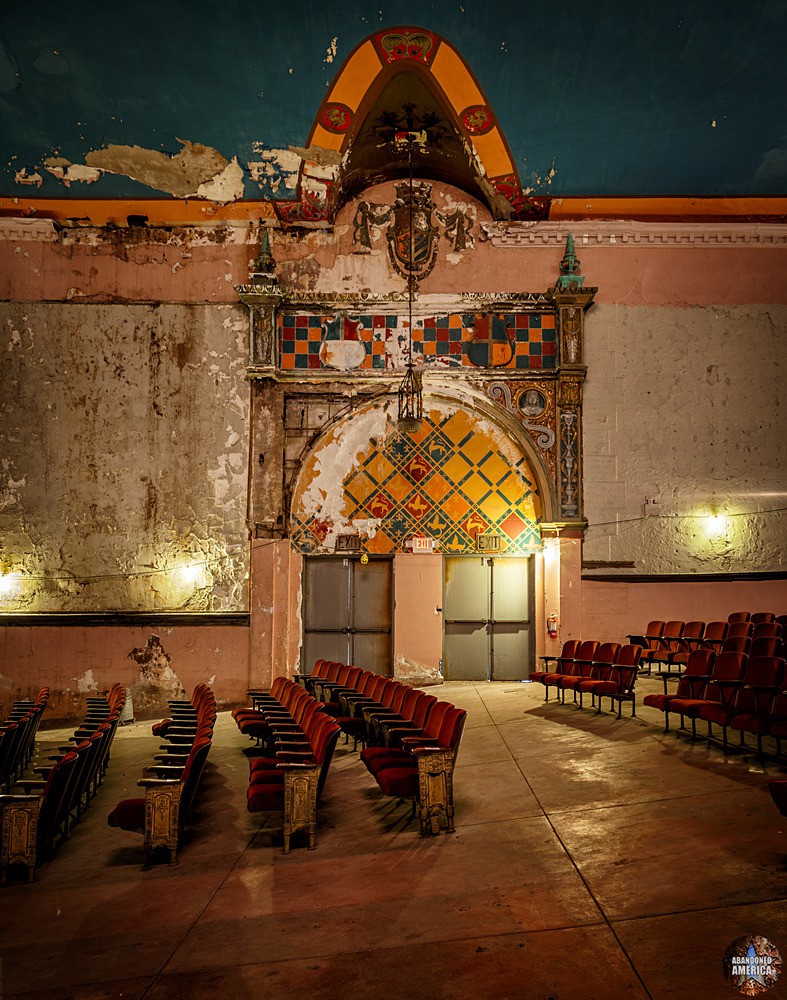
With all of these pieces in place, the Commonwealth of Pennsylvania made significant financial commitments from the PA Redevelopment Assistance Capital Program, PA Historical and Museum Commission, PA Department of Community and Economic Development and Commonwealth Finance Authority. U.S. Senator Bob Casey and U.S. Representation Mary Gay Scanlon secured a major grant from Community Project Funding program, Delaware County Council committed crucial funds from its allotment of American Rescue Plan funding, and provided several Community Development Building Grants to the project. The Borough of Lansdowne forgave a portion of building permit costs. Area foundations including the Presser Foundation, Foundation for Delaware County, Ethel Sergeant Clark Memorial Fund, Connelly Foundation, Dapplecroft Fund of the Philadelphia Foundation, the Greater Lansdowne Civic Association, Broughton Foundation National Trust for Historic Preservation, and National Endowment for the Arts and hundreds of individuals and numerous corporations contributed to the $18 million project. The project also assumed debt extended by WSFS Bank and Reinvestment Fund. WSFS Bank also invested in the project through the federal historic tax credit program.
Throughout the process, Schultz did (in my opinion) an excellent job keeping attention on the theater’s plight. It was featured in numerous news articles, commercials, television programs, and even used as the location for films – the most noteworthy including the documentary The Dying of the Light and 2012’s hit romantic comedy Silver Linings Playbook. Though HLTC doesn’t see the Lansdowne Theater viably returning to use as a movie theater, they plan to open it in the fall of 2024 as a concert venue that will attract visitors from throughout the region. The concert patrons will also encourage the growth of nearby businesses like stores and restaurants.
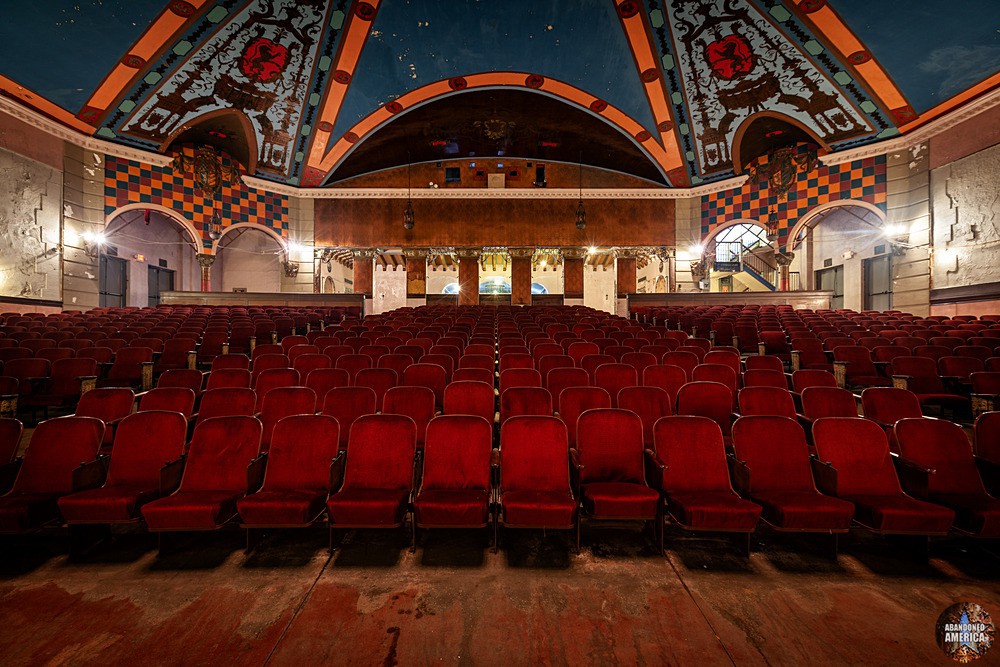
“We all yearn for something permanent in a world that seems to be changing at an increasing fast pace,” Matt wrote to me. “The preservation of objects, landscapes, or structures help us to remember experiences, good or bad. Buildings and landscapes help make each community unique. In a world where everything is built of the same standard materials, where the building codes dictate how buildings can be constructed, and developers spend money to construct buildings that all look alike preservation is what differentiates community. No one every traveled to see a strip shopping center or tract housing, but millions travel around the globe in search of the unique. Kids today go to theaters that all look alike,” he observed. “It’s amazing to see their faces when they come into a place like this and realize what they used to be like.”
To learn more about how you can support the efforts to reopen the Lansdowne Theater, please visit the Historic Lansdowne Theater Corporation’s website. You can also listen to my interview with Matt Schultz on the Abandoned America podcast for more details on the battle to save the theater. Finally, when the theater reopens as a music venue in 2024, I hope you’ll visit it to see performances. Matt’s right, unique, and beautiful buildings are increasingly a rarity, and more are lost every year. If we want them to continue to be a part of our communities, we can’t just wring our hands as they vanish – we have to not only love them, but also take active roles in ensuring that they are around for future generations to enjoy as well.
Source: https://www.abandonedamerica.us/
